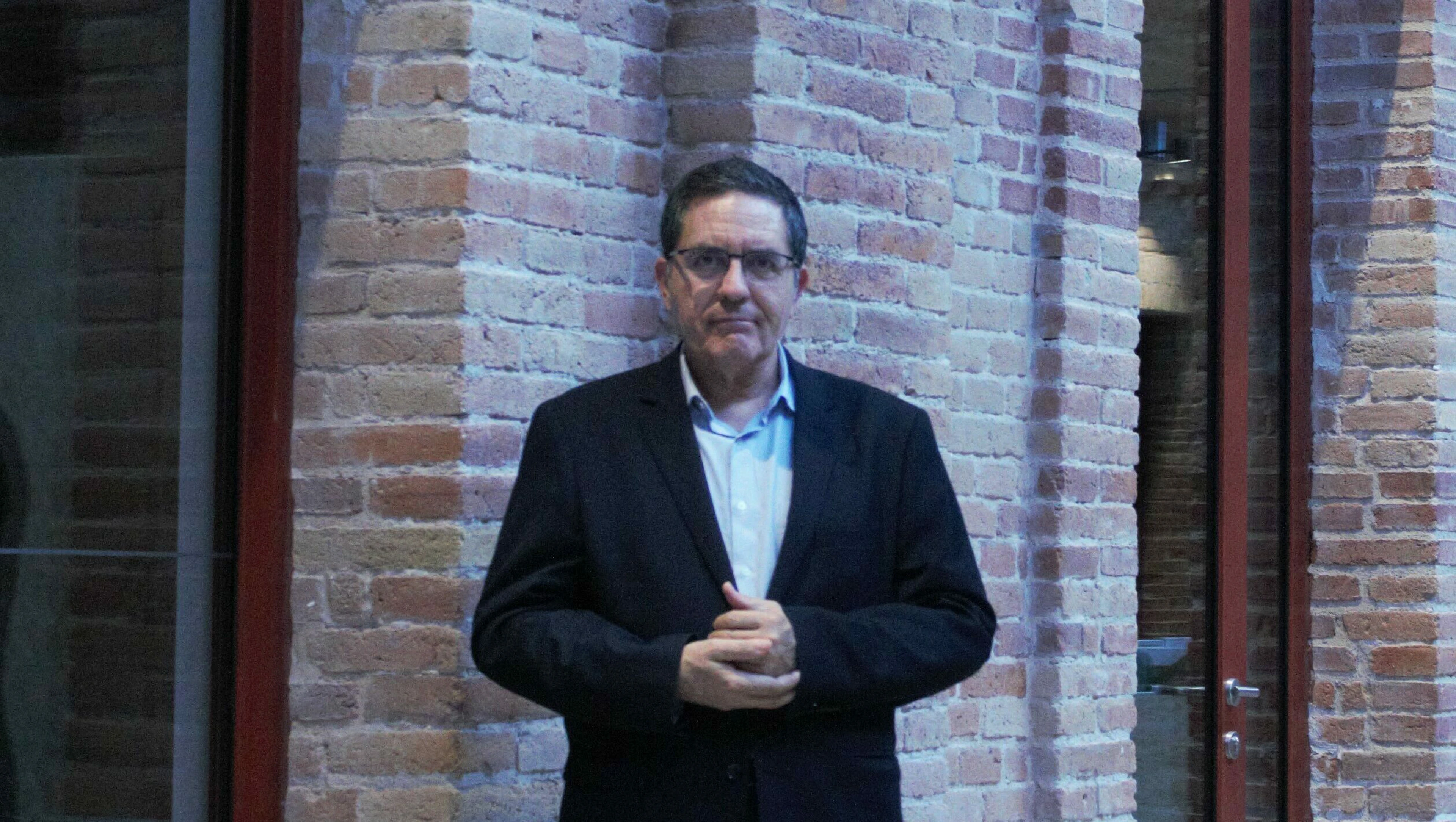Interview with Joan Maria Bigas

Read here an interview with Joan Maria Bigas, Head of the Mobility, Transport and Sustainability Area of the Metropolitan Area of Barcelona (AMB).
What is your institution's link to mobility in general, and to urban mobility in particular?
Our institution is related to mobility in general. It is the Metropolitan Area of Barcelona and we have the competencies and responsibilities for the urban public transport, that is, the underground and bus system, the taxi system and also all modes of sustainable mobility. This applies to the whole metropolitan area of Barcelona, which involves 36 municipalities, local communities and the city of Barcelona.
What do you think about such an initiative as Women in Urban Mobility (project supported by EIT Urban Mobility)?
I think it is a good initiative because we need to promote, let us say, the empowerment of women in the field of mobility and, also, in the leadership of this mobility. We find that there are few women in leading initiatives, enterprises, companies and administrations in this field. So I think we need to empower women to reach these higher levels and in an intensive way.
Do you think there is a gender gap in the field of urban mobility today, whether at the user level, in Academia, in the public sector or in business? Please briefly explain your answer.
I think there is a gender gap in urban mobility. Yes, in the business sector and in Academia, but especially in a particular sector of Academia, which are the studies of engineering. We have few women still studying in the engineering field, which is related to the mobility sector and we need to increase this number. And as I said, we especially need to increase the leadership of women to face the challenges of the future.
What progress in recent years towards gender equality in this field would you highlight?
There has been progress in recent years towards gender equality. We think that there is an increase of the participation of women in the decisions of the mobility sector, that is, in related policies. This is clear and, consequently, we have improved these policies considering women's needs. But we still need more push and more efforts to reach all fields of the mobility sector, that is, to get more involvement and more empowerment of women in all of them.
What are the biggest challenges to closing this gap?
Most of the users of the public transport are women. Therefore, the most important challenge to close the gap is to project, even to force, women’s perspectives in the design and configuration of public transport. Again, we need to empower the leadership of women in that field to better consider the female perspective. And this applies to public transport, but also mobility in general. Mobility was and is often designed by men, but most users are females. This is not logical and we need to fill this gap.
Are you or your institution involved in initiatives or projects that address or promote gender-responsive mobility?
Yes, absolutely. In the Barcelona Metropolitan Area we are involved in initiatives to promote gender-responsive mobility. For example, we have developed a project that addresses the use of public transport by women at night. We have what we call “stops on demand”, that is, women can ask a bus to stop where they want along the bus primary itinerary. The idea is that they are able to leave the bus near their homes, so that they minimize their walking route from the stop to these homes. This is very important for the safety of their journey. Children and elder people can also use this service, but it was mainly designed for women.
Which woman is for you a reference in the field of urban mobility?
Well, a woman that is a reference and in the field of urban mobility is the mayor of Paris, Anna Hidalgo. I think she is an important reference because she has transformed the mobility in Paris, prioritizing bikes, walking and public transport instead of cars. So I think we have a leader in the field.
Which man is for you a reference as an advocate for a gender perspective in mobility?
As a man, the Mayor of London Sadiq Khan is also a reference for the introduction of the gender perspective in mobility. He has developed different projects with this gender perspective, related to mobility and to other fields.